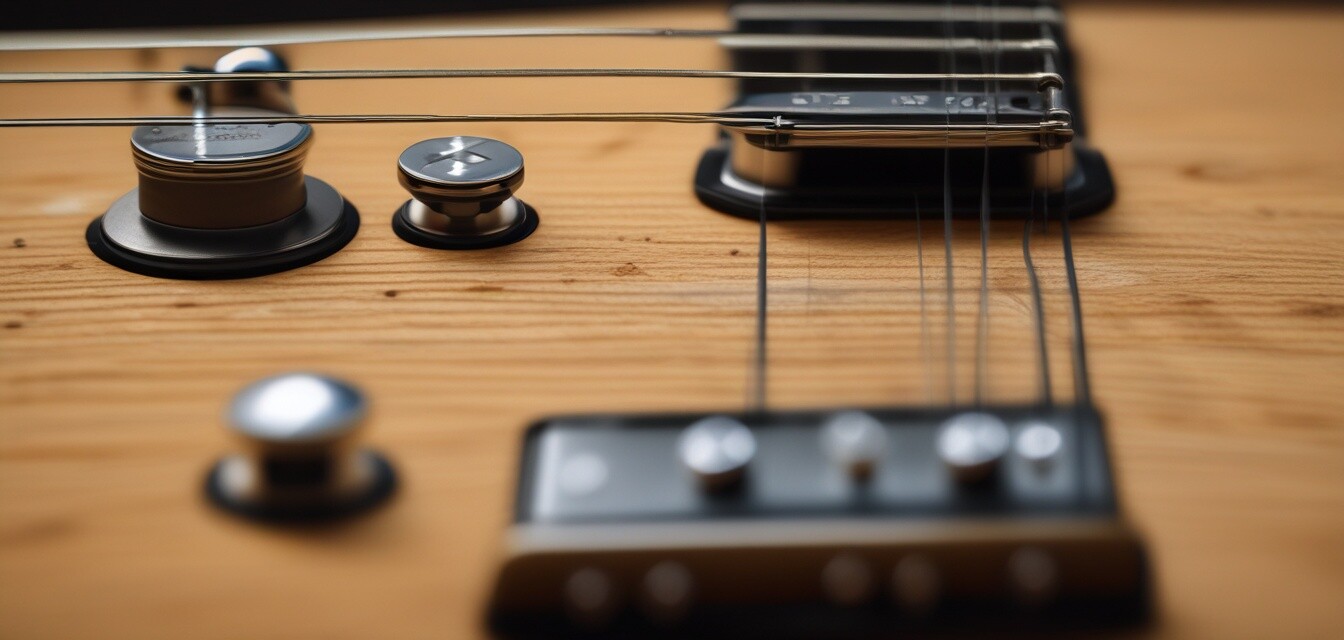
The Art of Tuning Your Fender Guitar
- Understanding different tuning methods for Fender guitars.
- Benefits of proper tuning for sound quality.
- Using tools and apps for precise tuning.
- Exploring standard and exotic tuning options.
Tuning your Fender guitar accurately is essential for achieving the best sound and enhancing your overall playing experience. With various methods available, from traditional tuning forks to advanced digital tuners, this guide covers all you need to know about tuning techniques, ensuring your instrument sounds its best.
Why tuning matters
Proper tuning not only enhances the sound quality of your music but also improves your playing experience. When your guitar is in tune, you can play confidently and creatively. Here are some key reasons why tuning matters:
- Ensures accurate pitch: Your notes will ring true.
- Aids in developing ear training: You’ll recognize pitches better.
- Increases performance quality: Others will appreciate your music more.
Common tuning methods
There are several common methods for tuning your Fender guitar, each with its own benefits. Below is a summary of these methods:
| Tuning Method | Description | Best Use Case |
|---|---|---|
| Standard Tuning | The most common tuning (E A D G B e). | General playing. |
| Alternative Tuning | Various tunings for unique song effects. | Creative songwriting. |
| Digital Tuners | Electronic devices that display pitch information. | Precise tuning. |
| Pitch Pipe | A pipe that produces pitches for tuning. | Acoustic gigs. |
| Tuning Fork | Produces a specific pitch when struck. | Traditional methods. |
Step-by-step guide to standard tuning
Standard tuning is the foundation for most guitar playing. Follow this step-by-step guide to get your Fender guitar in perfect shape:
- Start with the low E string. Use a tuner or reference pitch to tune it to E.
- Proceed to the A string. Tune it to the pitch related to the fifth fret of the low E string.
- Repeat the process for the D string, tuning it to the pitch at the fifth fret of the A string.
- Tune the G string to the pitch from the fifth fret of the D string.
- Tune the B string to the pitch of the fourth fret of the G string.
- Finally, adjust the high E string to the pitch of the fifth fret of the B string.
Exploring exotic tunings
If you’re looking to add uniqueness to your playing, consider trying some exotic tunings. Here are a few popular options:
| Tuning Name | Notes | Genre/Style |
|---|---|---|
| Drop D | D A D G B E | Rock/Metal |
| Open G | G D G B D | Blues/Rock |
| Open D | D A D F# A D | Folk/Country |
| C6 Tuning | C E G A C E | Slide Guitar |
Tools for achieving perfect tuning
There are various tools you can use to achieve perfect tuning:
- Electronic Tuners: Instant pitch detection.
- Apps: Smartphone applications designed for guitar tuning.
- Pedal Tuners: Great for live performances.
- Clip-on Tuners: Convenient for on-the-go tuning.
Key takeaways
Tuning your Fender guitar can be simple and enjoyable with the right approach. Whether you're a beginner experimenting with buying guides or an expert exploring news and trends, understanding tuning is essential for every guitarist. Always remember that practice helps improve your skills!
Pros
- Improves sound quality dramatically.
- Encourages creativity in songwriting.
- Variety of tuning methods available.
Cons
- Can be time-consuming, especially with complex tunings.
- Electronic devices require batteries or charging.
Final thoughts on tuning your Fender guitar
Whether you're jamming on your own or performing live, being able to tune your Fender guitar accurately will take your playing to the next level. The methods and tools discussed in this article will help you maintain the perfect pitch, leading to better tunes and musical enjoyment. Don’t forget to explore more about guitar accessories for enhancing your overall experience!